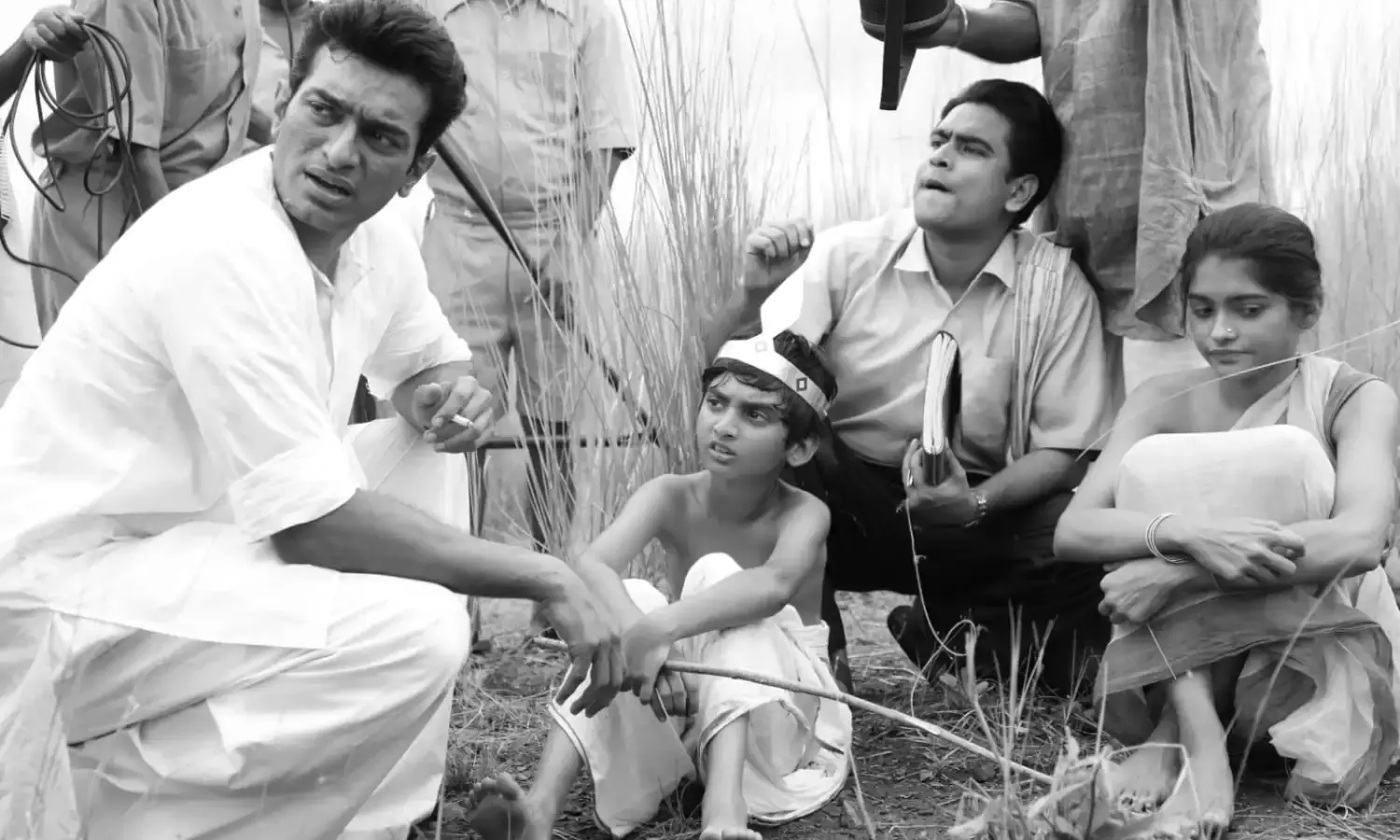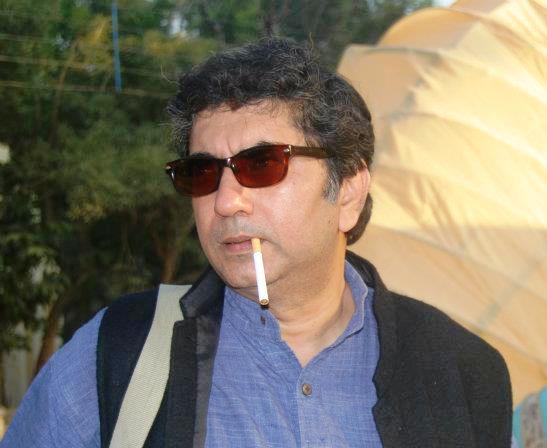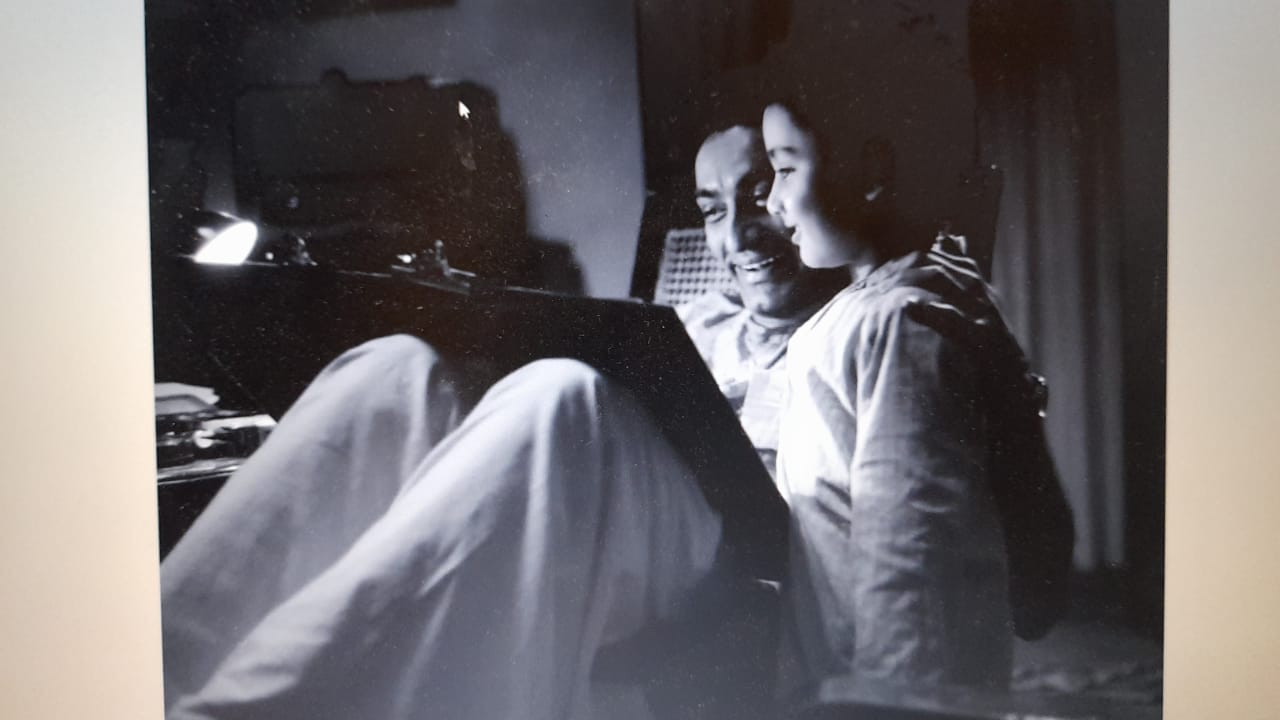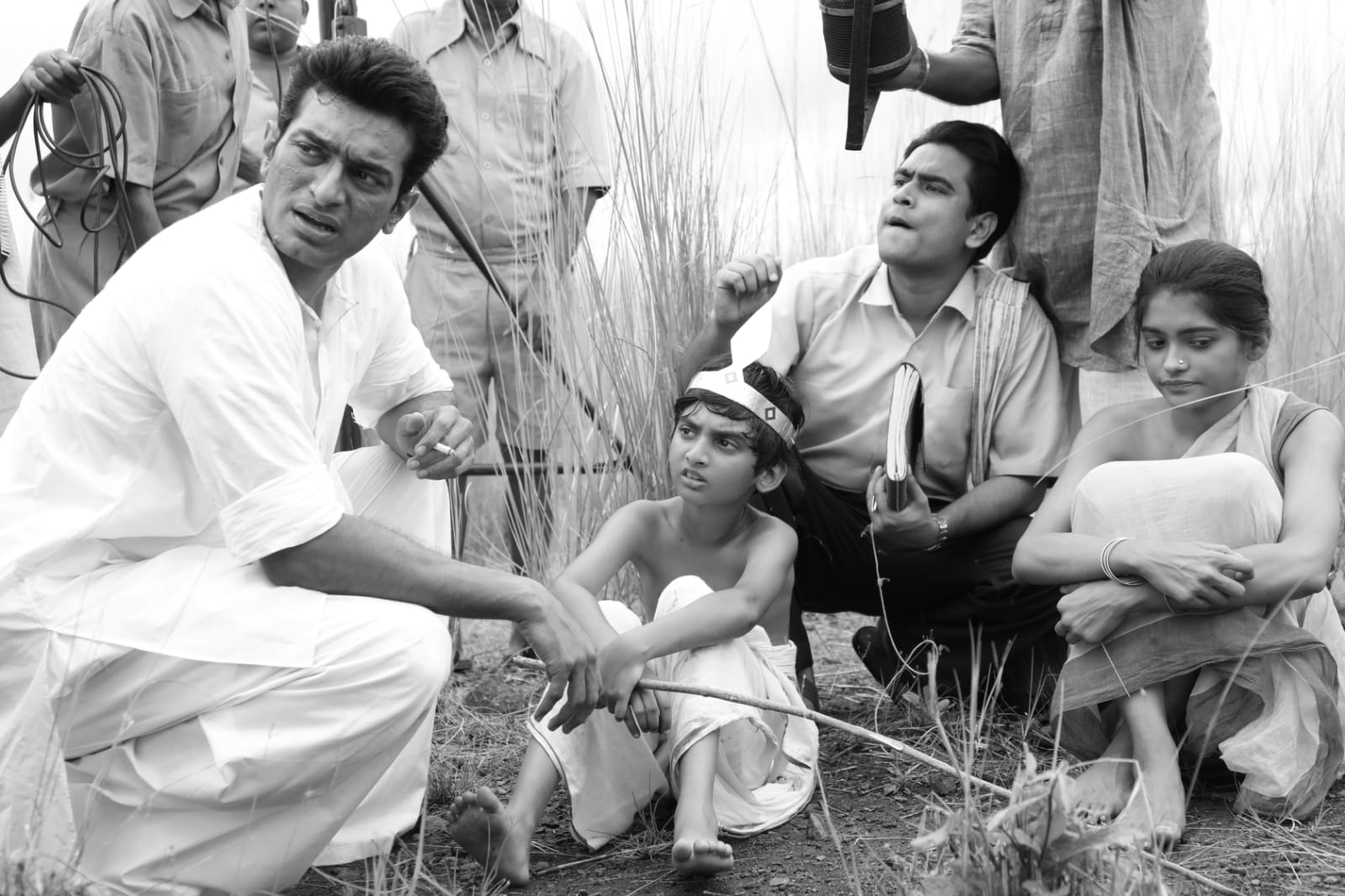Aparajito, a Ray of Memory
Anik Datta's film recreates Satyajit Ray's struggle to make the classic Pather Panchali

Till date no Indian film has been able to produce such a stunning resemblance to the personality who forms the subject of the film – Satyajit Ray. But Anik Datta, who gave us the brilliant Bhooter Bhabishyat, and a classic in Borun Babur Bondhu, has hit a nerve in the Bengali film industry.
The subject in question is his new film Aparajito, his recreation of the two-and-a-half-year struggle of Satyajit Ray to make the international classic Pather Panchali. The film has been produced by Firdausl Hasan and Probal Halder under the Friends Communication banner.
The best feature of the film is the discovery of actor Jeetu Kamal who amazed his director when he emerged from the make-up room, after his face was ‘corrected’ by the miracle make-up master Somnath Kundu. “We felt we were seeing a ghost,” recalls Datta. But that is just the surface of the story. Aparajito, set in Calcutta of the early 1950s, unfolds layer after layer, the man called Aparajito Ray (depicting the original Satyajit) who rose from being a commercial artist with D.J. Keymer. At this British Ad Agency, he spent his spare hours hunting for Western classical music records, or listening to his colleague Munshi-da playing the violin.
The director opens up the young Ray’s disdain for everything Bengali and Hindi, in literature, music and cinema. Ray nourished himself on a steady diet of Hollywood films, Western classical music and English literature. Along with a few like-minded friends like Chidananda Dasgupta ( different name here), he founded the first ever film society in the city, with an old cranking projector, hanging up a bedsheet anywhere they could find space.
Before he was sent to London for a short posting, Ray was called by his boss to do the cover for an abridged edition of Bibhuti Bhushan Bandopadyay’s classic Pather Panchali under a different name. (Pather Panchali is renamed ‘Pather Padavali’ here).
But young Ray had not read Bibhuti Bhushan’s classic and his boss was speechless! He handed him the manuscript of the abridged edition and asked to read it first. It was a moment that changed not only the character and history, not only of the man who read and was so mesmerized by the novel, but also the character and history of Indian cinema.

Datta, along with his associate director and script writer Utsav Mukherjee, sets out to reconstruct Ray’s struggle to make the film. The film is a reconstruction of those two-and-a-half years of Ray’s life, including his trips to producers and money lenders to garner funds for the film.
“No romance, no song, no dance, who will come to watch our film?” they said and the shooting at Boral was pushed back by more than a year. Today, Boral, the village where Ray shot the original film is a posh small town with shopping malls, so Datta had to go scouting for a new location and finally, found one.
Datta’s associates and technical crew who worked with him for many films are also chosen for the film with close resemblance to their originals. Though most of them are quite new, they have done very well. He chose Subrata Mitra who had never touched a movie camera before, as the cinematographer of the film. The art director, a Kashmiri named Bansi Chandragupta, along with others, keep trying to garner funds. Ray’s wife Bimala (Sayoni Ghosh) not only opens her jewelry box but also suggests meeting the then-CM of West Bengal and it works.
The narrative follows a realistic chronology, close to how Ray himself did it. We, the audience, begin to identify with the struggle as if it is our own. The film is shot in Black-and-White which gives it a “period” feel. Thanks to cinematographer Supratim Bhol, the recreation of the scene when Manik (Apu) and Uma (Durga) rush through the Kash fields to see the train is so tangible that it makes you want to touch the screen. Uma getting wet in the torrential rains and running in circles, Bimala taking out her box of jewels to give it to Ray to sell to fund the film, Ray ticking off the little boy playing Manik for not getting it right, every frame is a work of art.
Jeetu Kamal, a former television actor, was spotted by Datta at a public rally on the streets of the city. Datta felt this guy could be made up to look like the young Satyajit Ray. He drew a few sketches himself, showed them to Somnath Kundu, and behold – Satyajit Ray was reborn as Aparajito Ray. Jeetu researched this role thoroughly, watching and re-watching clips and photographs of Ray at work. He has managed to internalize Ray’s way of walking, talking, behaving, smoking with the cigarette dangling from a corner of his mouth, and bringing the real Ray back for those who have seen him, in flesh and blood, in films or in photos.
The Western mindset of the young man incredibly brought an Indian village and a small, poor Bengali family within it to life. And we are given the chance to watch all over again in Aparajito, named after one of Ray’s famous trilogy. His voice however, had to be dubbed by another actor as Jeetu lacks the bass tone Ray owned.

Sayoni Ghosh as his wife is lovely, confident and extremely supportive which the real Bijoya Ray is known to have been. She was a gifted singer and this is replicated in the lines of a beautiful Tagore song when the couple are returning from London on a ship. Anashuya Majumdar as his mother has a small role but does it well. The surprise package however, is the actor Anjana Basu who plays the small cameo of Sarbajaya, (Karuna Mukherjee who played Apu’s mother in the original film), in the scene when her husband comes back and she breaks into silent tears unable to tell him about Uma (Durga)’s death.
The other is the actor who plays the old aunt Indir Thakrun who is said to have once done folk theater. Anusha Viswanathan as Uma is also a good choice, Datta brings back the stories of how both the children who played Apu and Durga in the original film, were discovered by Bijaya Ray.
The music track by the gifted Debajyoti Misra recreates the original by Ravi Shankar. He gives it his own, unique twist which sustains the richness of the original track, yet adds something novel to the scheme of things. Very inventive and innovative at the same time. Misra remembers having worked with the music team for Ray’s Ghare Baire.
The sound design is brilliant and picks up the slightest of sounds, especially ambient. It begins with a radio interview with Ray, and cuts into from time to time with sounds such as the whirring of an ancient projector, sounds of the ceiling fan in the Keymer office, Ray playing the organ in his 3, Lake Temple Road residence, sounds of the thunder and rains in the village the crew has gone to shoot and so on. Credit is due to Tirthankar Majumdar. Little Sandip asks in the opening frames, “Is Baba Inside the radio box?” setting the right mood for the film.
Recreation of the 50s Calcutta is by Ananda Addhya who has taken us back in time to a city we may have not seen, or have forgotten in the maze of shopping malls and multiplexes it has now reduced itself to. The cramped room where Ray is trying to run his ramshackle projector, and his friends are trying to put up a bedsheet screen, or the adda in the Coffee House, interior of the Keymer office are treats for eyes hungry for history.
A welcome change from the razzmatazz of the loud and bizarre city Kolkata has become. We see old, faded photographs on walls including a garlanded one of Ray’s late father in his home.
Arghya Kamal Mitra’s editing is seamless, despite the constant shifting of locales from the humble Keymer office to the polished conference room in London, to the beautifully decorated interiors of the Ray home,to the village which defines the fulcrum of the entire film.
The two ‘negative’ points this critic would like to share are – the nightmare scene Ray goes through in his sleep and Bimala shakes him up to rise, which does not quite fit into the scheme of things and the narrative strung together with an imaginary interview of Ray after he became the internationally recognized, for All India Radio by noted theater scholar Samik Bandopadhyay. Bandopadhyay truly did the longest interview of Ray many years ago.
Samik was young then, but we see him almost in his present age while Ray, who was much older than Samik, is young on screen. Samik’s questions in staccato tones in Bangla sound quite jarring against the very normal voice of Ray and if one imagines the film minus this ‘thread’ the film would have still retained his excellence.
Aparajito did not get a theatrical release at Nandan and at Radha Studio, both owned and run by the State Government, reportedly for want of a “slot”. This has proved to be a loss for the State because this film is running to full houses at every show. Who said, “One man’s meat is another man’s poison?” Never mind….Kudos to Anik Datta and team.




